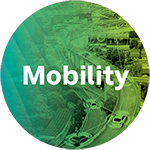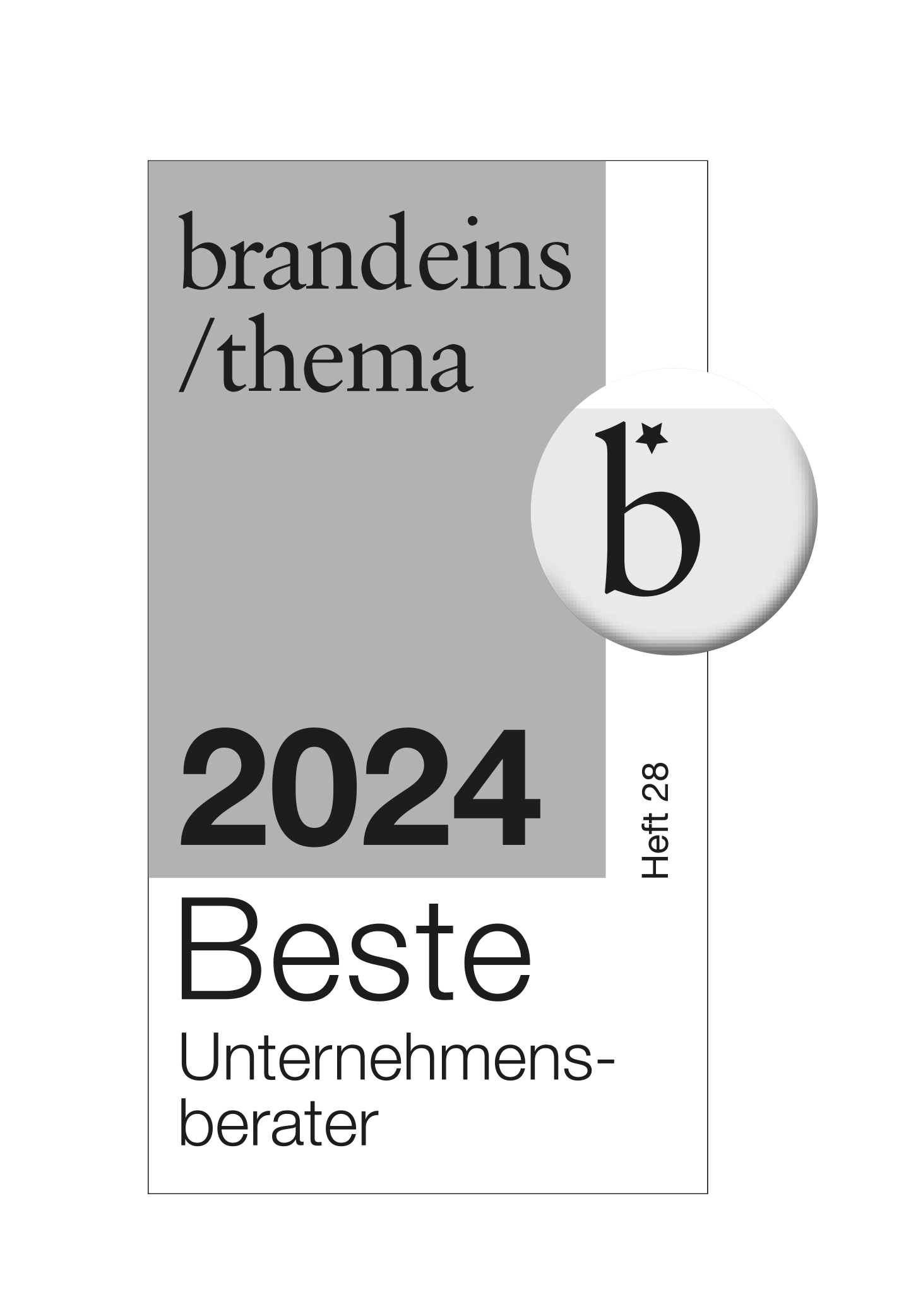Using data for smart environmental solutions
Achieving sustainability goals and a positive environmental balance are increasingly in the focus of the population and administration. Rising energy and gas prices, dwindling resources and growing awareness of environmental issues and regional circular economy demand innovative solution approaches. By 2040, approximately 65% of the world’s population will live in cities. With their diverse and often very different needs, they present new challenges to policymakers and administrations. The Internet of Things (IoT), sensors and data collected and processed by artificial intelligence (AI) will support municipalities in the smart implementation of sustainability goals in the future.
Do you have any questions?

Werner Achtert
Head of Public Sector
+49 69 580045 1222
werner.achtert@msg.group
How mobility can be improved through smart environmental solutions
For a positive environmental balance, cities will minimize CO2 emissions while keeping traffic flowing as much as possible. This is where electric and self-driving vehicles make a decisive contribution. Intelligent parking concepts with parking sensors reduce unnecessary energy consumption by shortening the search for a parking space. Thanks to the cloud and AI, sensors in street signs and traffic lights already switch the green or red phases of traffic lights as needed and have been proven to reduce CO2 emissions. Consistent use of existing transportation capacity helps reduce the burden of transportation and delivery traffic by, for example, allowing underutilized buses to also transport packages.
Living together is strengthened through smart environmental solutions
Sustainable neighborhoods enable a higher quality of life in many respects. Thanks to citizen participation platforms, citizens can help decide what their "green" future will look like in the neighborhood. They also have a say on what data is collected and made publicly available. For example, analyses of air and water quality can lead to a data-based decision to minimize car traffic in certain neighborhoods and introduce more traffic-calmed zones. Public buildings can be powered by solar panels. Chip systems in the public transport network help calculate the fare to the nearest kilometer.
Health is improved through smart environmental solutions
Pollution levels are often still very high in urban centers. Area-wide pollutant measurement helps citizens to avoid critical zones to protect their own health. Sensors installed in billboards, traffic signs and lampposts generate a three-dimensional pollutant profile in real time. This also allows local authorities to collect data relating to air purity from businesses with potentially environmentally critical emissions via a cockpit. In the event of chemical accidents, for example, the fire department, disaster control and the general public are automatically informed.
Our solution is called koda.city
For all these innovations, data is collected in real time in the smart city, analyzed and processed with AI. In general, this data must not serve an end in itself, but exclusively for the common good. This needs a public-welfare oriented data ecosystem. Based on open interface standards, our municipal data platform koda.city provides support as a unified, secure and sovereign data space.




